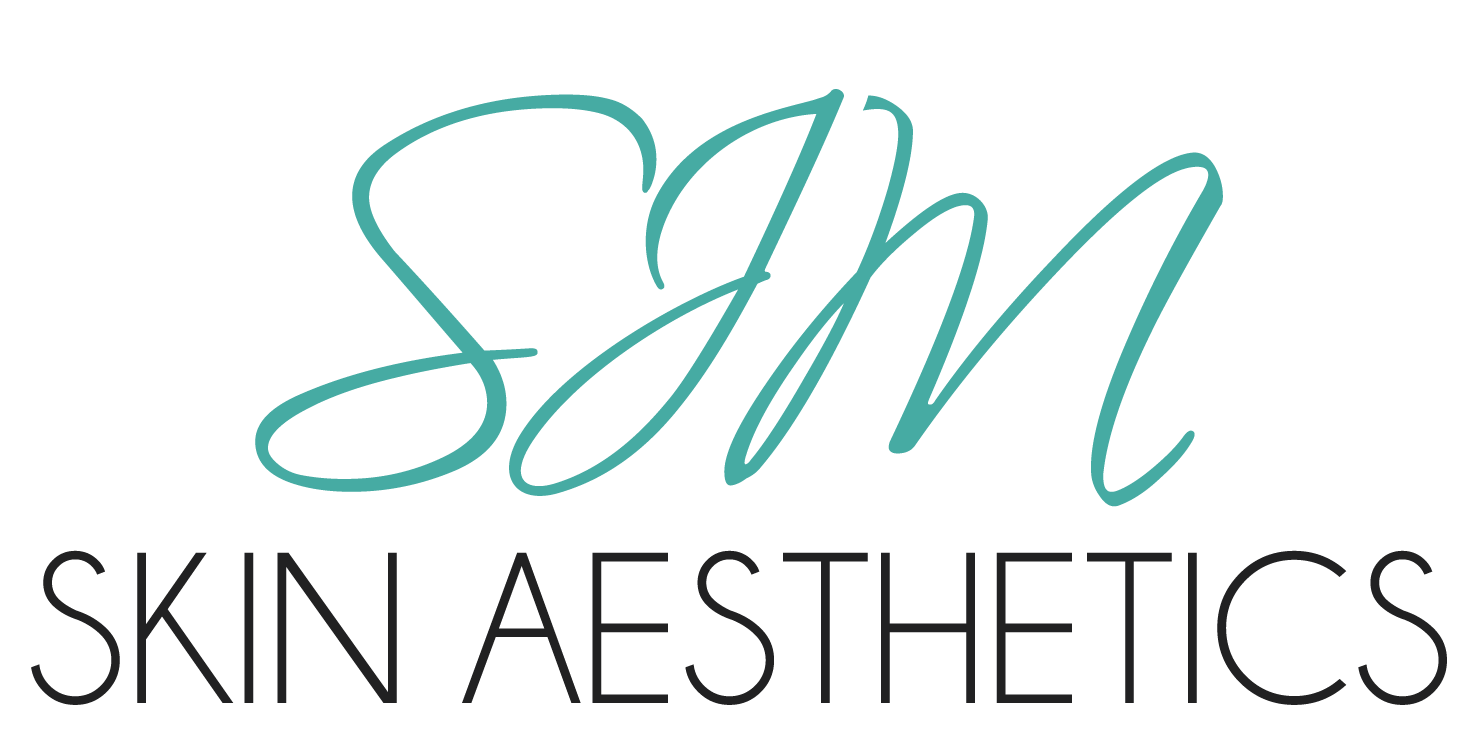Dark Spots
Working as a dermal therapist, one of the most commonly asked questions we receive from our clients is what they can do to get rid of their “dark spots”. What they refer to as “dark spots” can be anything from freckles, to age spots, or post-inflammatory discolouration caused by an acne flare-up. While these conditions are all different, they are commonly referred to as hyper pigmentation – conditions that cause a darkening in the colour of the skin. The main cause of hyper pigmentation is the exposure of skin to the sun and so an increasingly common problem in Australia. The increasing use of harsh skin exfoliating products as well as the impact of hormonal influences (such as the habitual use of hormone-based birth control) are contributing to skin photosensitivity and therefore exacerbating hyper-pigmentation.
So what is going on? What is triggering our skin to undergo hyper pigmentation ? Hyper-pigmentation is considered our skin’s first line of defence in response to external environmental aggressors such as UV radiation. Via a process called melanogenesis, our skin increases its production of melanin (the pigment that gives skin its colour) in an attempt to form a physical barrier that will protect the deeper layers of skin from potential DNA damage that can be caused by harmful UV exposure.
Prolonged and ongoing exposure to the sun will leave behind uneven and irregular pigmentation in the skin. Over time, sun exposure creates free radical damage, which specifically targets the breakdown of collagen and elastin – our skin’s foundational proteins. Naturally, this can lead to varied signs of premature ageing.
So, by now, you are likely wondering what can be done? Here are my top recommendations for slowing down and reversing the effects of hyper pigmentation:
1. Tyrosinase inhibitors
High amounts of UV exposure will activate a key melanin-producing enzyme called tyrosinase. These enzymes trigger a cascade of events that convert an amino acid called Tyrosine into melanin and prepare it to be transported to the surface of the skin. Tyrosinase inhibitors, however, work at stopping the tyrosinase enzyme from signalling pigment overproduction by blocking key reaction steps. Keep in mind that tyrosinase inhibitors are not only relevant to skin with visible pigmentation – even the healthiest skin will present with some degree of underlying pigment from unavoidable accumulations of UV exposure. Over time this pigmentation can begin to surface from the deeper layers of the skin when appropriate preventative precautions are not considered. So, the sooner you start to incorporate a tyrosinase inhibiting serum into your skincare regime, the better! After all, it’s easier to prevent than to correct, right?! We recommend a custom blend of our Dermaviduals Whitening Concentrate, Liposome Concentrate Plus and Vitamin C Liposome Concentrate.
2. Naicinamide
Naicinamide is a form of vitamin B3. As dermal therapists, this ingredient has vast skin applications in our practice, serving as an incredible sebum-regulator, antioxidant provider and inflammatory alleviator. The impact of naicinamide in the treatment of hyper pigmentation also cannot go unnoticed. While melanogenic processes in the presence of naicinamide are impacted differently when compared to tyrosinase inhibitors, naicinamide is also effective at reducing the presence of pigmentation in the skin. Naicinamide alternatively targets the cellular transfer of melanosomes (pockets of pigment) from melanocytes (pigment producing cells) to keratinocytes (surface skin cells). This means that the amount of pigmentation that is able to surface in our skin is greatly reduced with the topical application of the ingredient. Naicinamide also has fantastic absorption properties, penetrating into the skin readily where it works to increase cellular metabolism – think of naicinamide as the cell energiser! The boost in cellular energy means that our skin cells have the ability to carry out their optimum functions. This directly stimulates our skin’s DNA repairing and regenerating processes, which naturally decline in photo damaged skin types that often present with stubborn pigmentation. Serving as a powerful antioxidant, naicinamide targets oxidative stress by neutralising free radicals, further preserving our DNA from environmental damage. We recommend: Dermaviduals Vitamin B Complex.
3. Sunscreen
Our skin has exceptional memory. Once cells have been damaged, and if they are left unprotected, hyper pigmentation can remerge! For this reason, it is important to understand that the continual use of tyrosinase inhibitors, naicinamide and SPF is necessary. While we recommend sun avoidance in peak times, that is not always possible. This is why a high-quality SPF, that deflects both UVA and UVB spectrums of radiation, will be your best skin investment. With our focus on holistic health, we prefer to prescribe SPF of 15 or 30 on the basis that SPF 50 has almost double the toxic chemicals and endocrine disrupters to that of SPF 30, while only delivering 1.3% extra coverage to our skin. Interestingly enough, the level of protection of our sunscreen may increase anywhere up to 20% in circumstances where tyrosinase inhibitors and naicinamide are applied to the skin. We recommend: Dermaviduals Sun Protection SPF 15 or Sun Protection SPF 30.
Fortunately, many of these skin conditions can be successfully treated. Alongside our personalised homecare range, in-clinic treatments are the best method of addressing these issues. If you are wishing to treat your "dark spots", call us to organise an initial consultation which will allow us to determine the best treatment options for you.
By Ksenija – SJM Skin Therapist




